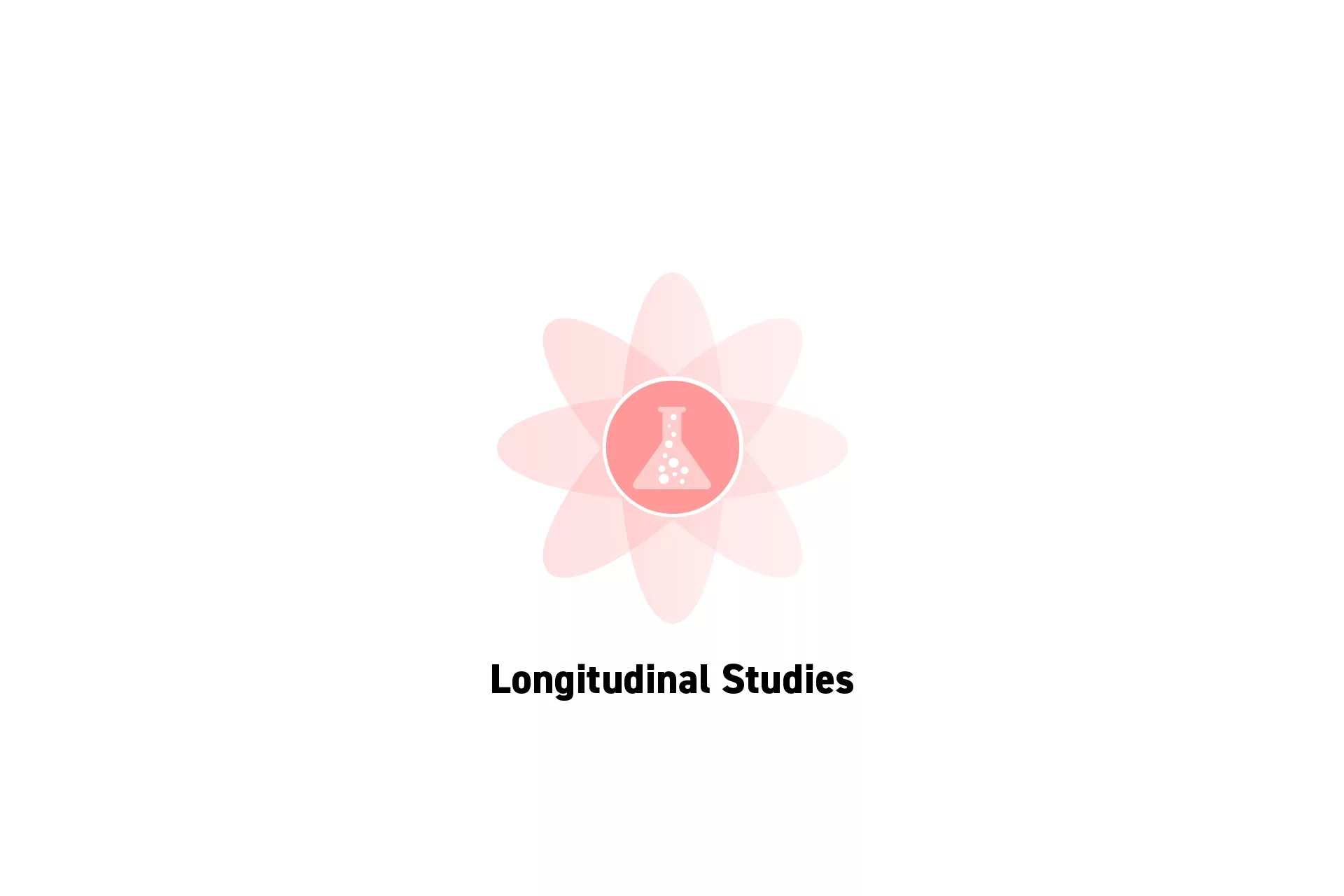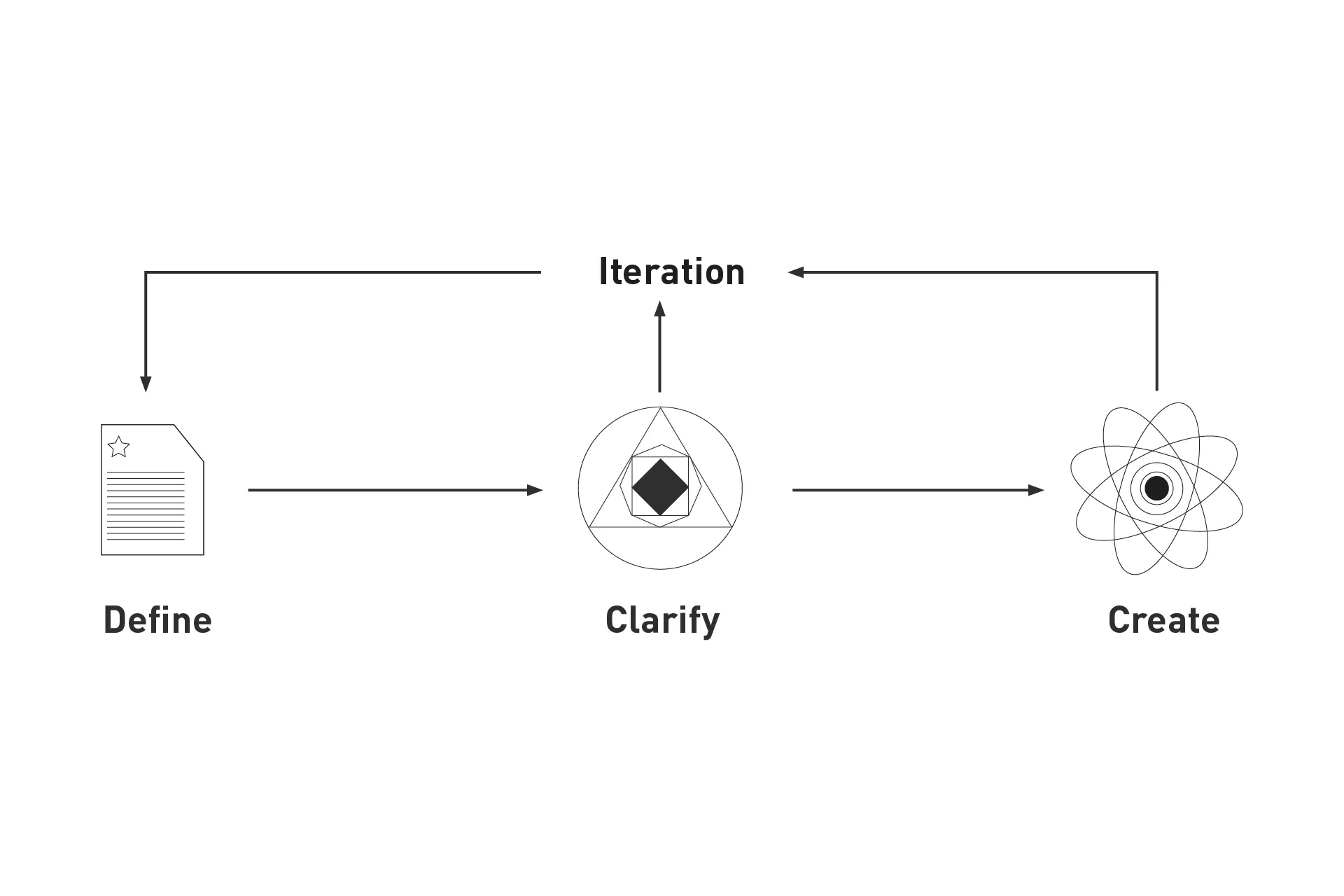How to carry out a Longitudinal Study
A six step process to creating and carrying out longitudinal studies.

A six step process to creating and carrying out longitudinal studies.
SubscribeWhat are Longitudinal Studies?"Conducting longitudinal research is demanding in that it requires an appropriate infrastructure that is sufficiently robust to withstand the test of time, for the actual duration of the study. It is essential that the methods of data collection and recording are identical across the various study sites, as well as being standardised and consistent over time. Data must be classified according to the interval of measure, with all information pertaining to particular individuals also being linked by means of unique coding systems. Recording is facilitated, and accuracy increased, by adopting recognised classification systems for individual inputs."
Please note that steps three and four can be carried out in parallel.
Step One: Write a Hypothesis
In order to create a longitudinal study, you must define the problem that you are trying to solve or the idea that you want to validate.
Step Two: Define the target audience
Longitudinal studies are intended to help you gather an in depth understanding about a cohort.
This cohort could also be seen as a collective within your target audience, which must be defined in order to make sure you gather the right people.
Please note that steps three and four can be carried out in parallel.
Step Three: Design the study
The next step is to design the study, this includes defining:
- The methods of data collection - which must be standardized and consistent across all individuals or study sites.
- The variables that are to be tested. These should match those mentioned in your hypothesis along with all in-direct factors that may influence the final result.
- The frequency of data collection and In-Depth Interviews.
Please note that the Critical Appraisal Skills Programme (CASP) offers a series of tools and checklists that are designed to facilitate the evaluation of scientific quality of given literature.
Step Four: Find the candidates
Find the individuals that you are going to perform the study on.
Cohorts range from 10 individuals to 5000+.
Step Five: Carry out the study
Carry out the study that you have designed on your cohort and make sure to guarantee that the analysis is continuous and that the accuracy of the results is consistently of a high standard.
Step Six: Evaluate the Results
Carry out qualitative and statistical analysis on the results, draw conclusions and evaluate the outcome.
To learn more about statistical analysis consult this link.
Additionally, we recommend that you consult our Methods for Synthesizing User Research article linked below to learn about design thinking products that could come out of the research that you have conducted.
These products are created using popular design research methodologies which are intended to help you and your organization innovate effectively.
Always remember, the work is never done

delasign's process
When carrying out studies, it is important to note that they are neither a start nor an end.
They should serve as an evaluation of what you are trying to achieve and should help you refine your product, service, experience or hypothesis as you progress.
They are also capable of demonstrating that you should not pursue a feature or a product, service or experience - and that's OK.
Looking to learn more about Research and Strategy?
Search our blog to find educational content on research and strategy.